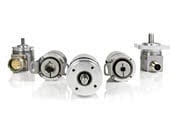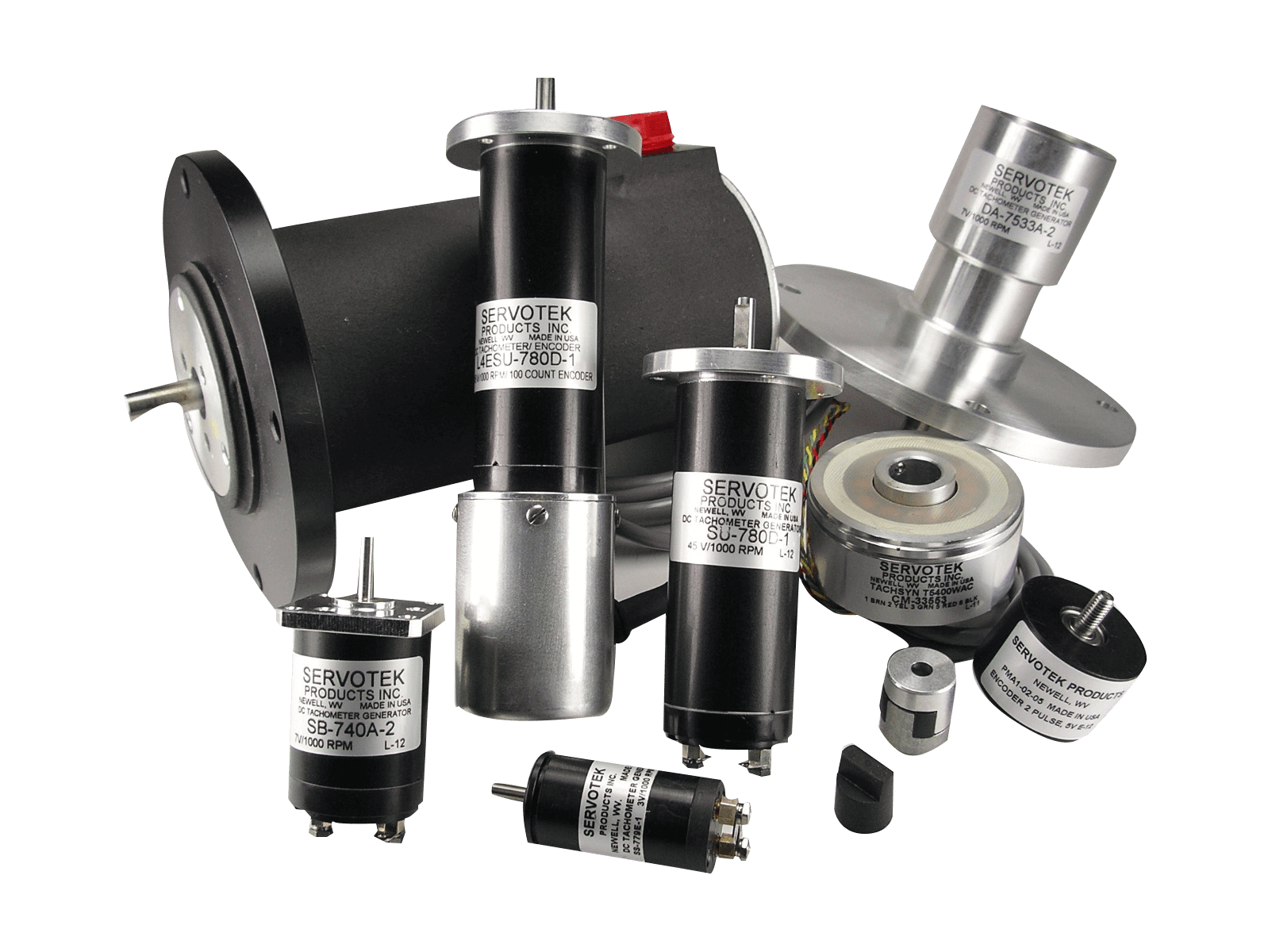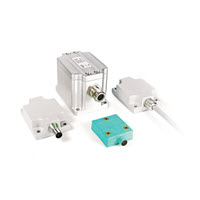Please be aware we use cookies to make your experience better. A cookie is a piece of data stored on a visitor's hard drive to help us improve your access and identify repeat visitors. Cookies can also enable us to track and target the interests of our users to enhance the experience on our site. Usage of a cookie is in no way linked to any personally identifiable non-public information. Learn more.
Feedback Devices
Feedback devices are essential components in closed loop systems, where they provide signals to the drive or motion controller to track an operation, and confirm that it occurs as expected. Two common types of feedback devices used in motion control applications are resolvers and encoders.
Resolvers are electromagnetic devices that transform angular shaft position into analog signals. These signals are then processed into digital position information. There are two types of resolvers: transmitter-type and receiver-type. Transmitter-type resolvers are used for rotor primary excitation and stator secondary outputs, while receiver-type resolvers are designed for stator primary excitations and rotor secondary output.
Encoders are the most common type of feedback device. They are electromechanical devices that convert linear or rotary displacement into corresponding digital signals or analog output voltage. Encoders come in two types: incremental and absolute.
- Incremental encoders generate electrical signals across two output channels, named channel A and channel B. These outputs are interpreted by a motion controller to derive position and velocity information. However, when an incremental encoder is powered on, the position remains unknown.
- Absolute encoders, in contrast, allocate a unique value for each mechanical position. This means that the position is known when an absolute encoder is powered on. Absolute encoders provide digital data in either parallel or serial format to the motion controller, which uses this data to determine the position and velocity.
For more information, browse through our selection of feedback devices below!



